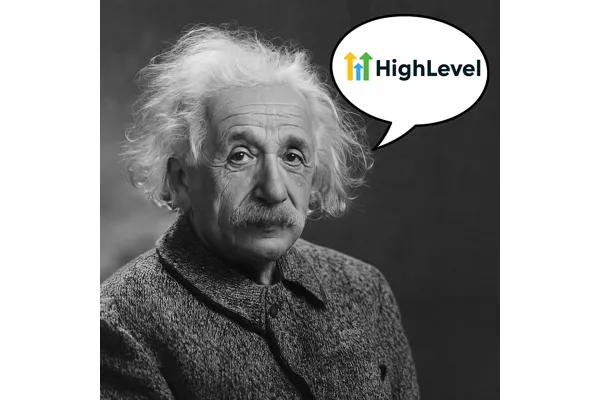
Can This CRM Integrate With My Existing Tools?
When you’re considering a new CRM, one of the first questions you should ask is:
“Will it work with what I already use?”
For many small and medium-sized business owners, that means:
Email platforms like Outlook or Gmail
Accounting software such as QuickBooks or Xero
Marketing tools like Mailchimp, Facebook Ads, or Google Ads
Project management platforms such as Trello, Asana, or Monday.com
Customer support tools like Zendesk or Freshdesk
If your CRM can’t connect with these, you risk creating more work for yourself — and defeating the whole purpose of having a “central hub” for your customer data.
Why Integration Matters
A CRM that integrates with your existing tools:
Reduces manual work – no more copy-and-paste between systems.
Improves accuracy – fewer chances for data entry errors.
Gives you a complete picture – all client interactions and activities in one place.
Speeds up processes – sales, support, and marketing teams can work from the same playbook.
Without integration, your CRM can quickly become an isolated “data island” — which often leads to frustration and lower adoption by your team.
The Three Main Types of CRM Integration
Native Integrations
These are built directly into the CRM. For example, you might connect your Gmail account or Zoom without any third-party apps. They tend to be the most reliable and easiest to set up, but they depend on whether your CRM provider has built them.Third-Party Connectors
Platforms like Zapier, Make (formerly Integromat), or Pabbly can link your CRM to thousands of other apps. They offer flexibility, but sometimes require more setup — and there’s usually a monthly cost.Custom API Connections
If your CRM and other tools have an API (Application Programming Interface), a developer can build a bespoke connection. This is powerful but comes with higher up-front costs and potential maintenance needs.
Our Experience With HighLevel
In the last two years of working extensively with HighLevel, we’ve learnt that it’s more than “just a CRM” — it’s an all-in-one platform designed for small businesses and agencies.
From an integration perspective, HighLevel comes with too many native integrations to count — and they’re all straightforward to set up. These cover essentials like:
Google Workspace (Gmail, Calendar, Drive)
Outlook / Microsoft 365
Facebook & Instagram Ads
Google Ads
Stripe & PayPal
Zoom
QuickBooks
WordPress
…and plenty more.
Because these are native integrations, you don’t always need to rely on third-party tools like Zapier — although those options are there if you want to connect something more niche. In our experience, this combination of native integrations and flexibility makes it much easier for small businesses to keep everything connected without adding complexity.
The Honest Truth: No CRM Integrates With Everything
It’s important to be realistic. Even the most popular CRMs have gaps.
Before committing, you should:
Make a list of your essential tools.
Check if there are native integrations for each one.
Look at the Zapier or Make app directories for possible workarounds.
Factor in any extra costs or time needed for setup.
If you can’t connect a tool directly, sometimes it’s worth asking whether you really need to keep that tool — especially if your new CRM already has similar built-in features.
How to Avoid Integration Surprises
Ask to See It Working
Don’t just take a salesperson’s word for it. Ask for a live demo showing your exact integration in action.Test Before You Commit
Use a free trial or short-term subscription to see if the integration works the way you need it to.Think About the Future
You might not need a certain integration today, but will you in 12–18 months? Choose a CRM that can grow with you.
Final Thoughts
Integration isn’t just a “nice to have” — it’s one of the key factors in whether a CRM will save you time or become just another system you have to manage.
At MarketerM8, we’ve helped businesses choose and set up CRMs that fit into their existing ecosystem without adding complexity. Our advice? Start with your current tools, get clarity on what’s essential, and only then evaluate the CRM’s integration options.
🎥 Want to see exactly how HighLevel connects with too many native integrations to count? Go to 3:35 in the demo video where we walk through the integrations.
Watch our demo video on the MarketerM8 website — we’ll walk you through the integrations and show you how they work in practice.
You can also watch it on our YouTube channel.
